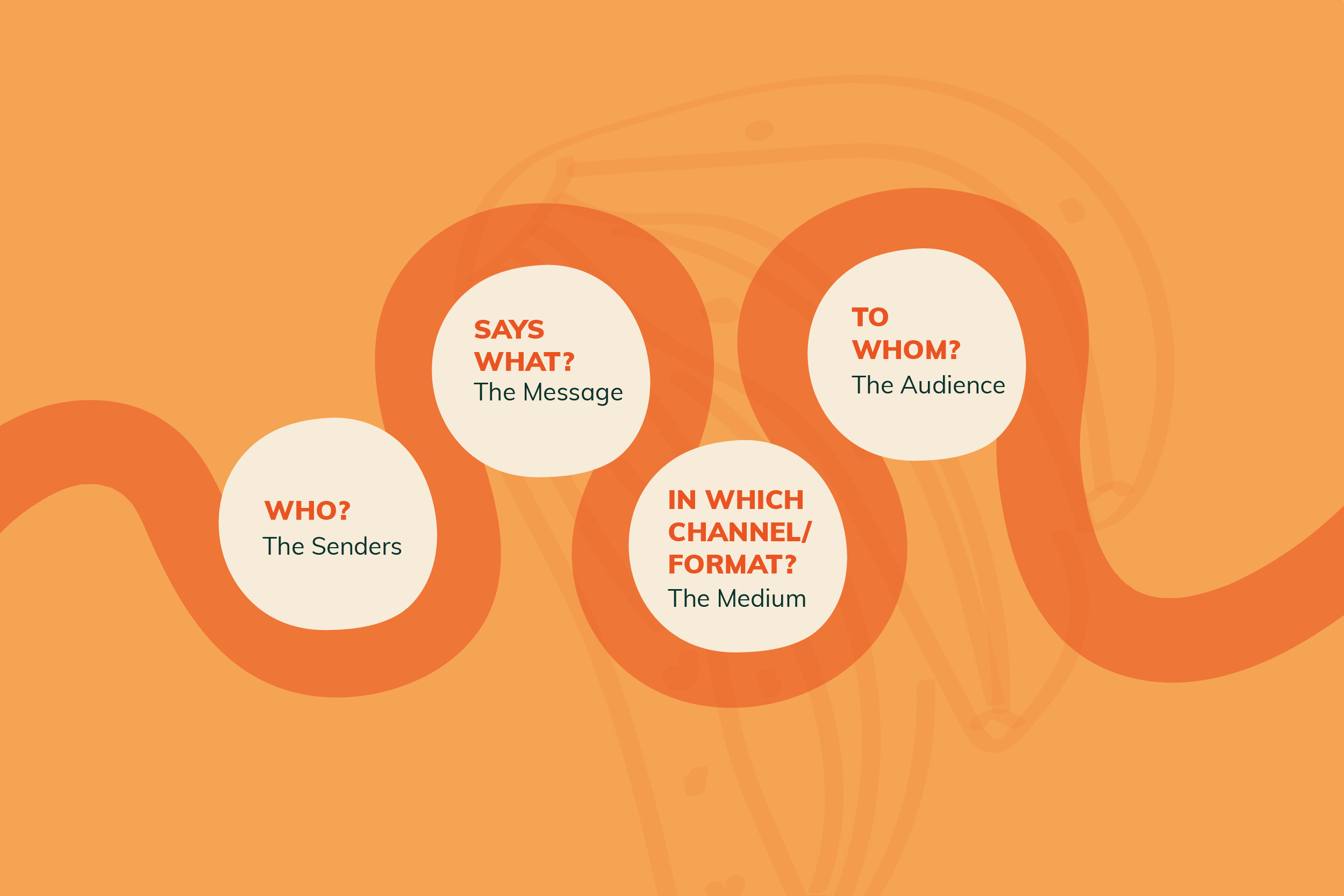How do people interact with food through media? What shapes these interactions, and who’s behind them? To help answer these questions, the Infoodmation consortium has developed the first version of the Infoodmation Framework, a new tool designed to systematically analyse consumers’ encounters with food media content. Here’s an overview of what we’ve discovered so far.
What Is Food Media Content?
At the heart of this framework is a broad but crucial concept: food media content. We define this as any type of media that involves or refers to food. Think of a cooking tutorial on YouTube, a friend’s Instagram post about a new restaurant, a nutrition podcast episode, a typical food ad in a train station or on one’s social media, or a news article about food trends. These are all examples of the types of content the framework is built to examine. To create this first version of the Infoodmation Framework, we conducted a structured literature review of 114 (semi-)academic publications in ten different languages. In May 2025, we then refined and tested the framework through a stakeholder workshop involving experts. Now, let’s walk through the key components of the current framework.
A Four-Layered Approach to Understanding Consumers’ Encounters with Food Media Content
The Infoodmation Framework breaks down consumers’ food media encounters into four interrelated layers. Each layer helps explain a different aspect of how food-related messages are created, shared, and received.
1. Who? – The Senders
Who is behind the messages we encounter about food? We identified six major groups of actors responsible for creating or distributing food media content:
- Food Industry (e.g., brands, producers, and distributors)
- Media (e.g., journalists, influencers, and content creators)
- Policy Makers (e.g., institutions such as local councils)
- Civil Society (e.g., NGOs and advocacy organisations)
- Experts (e.g., Scientists, educators, and health professionals)
- Everyday Consumers (e.g., regular individuals sharing food media content)
2. Says What? – The Message
What exactly is being communicated? Messages in food media content differ widely in tone, style, and intent. Whether they aim to inform, entertain, or persuade typically fall
along two core dimensions:
- Emotional vs. Rational appeal: Is the message trying to make you feel something, or is it giving you facts and reasons to convince you?
- Implicit vs. Explicit communication: Is the message direct and clear, or does
it hint at the meaning through images or suggestions?
Understanding these dimensions helps us interpret not just what is being said, but how and why.
3. In Which Channel/Format? – The Medium
Where do these messages appear, and in what form? We increasingly live a media life, with more hours spent in interaction with media and with more media being part of this life. Food media content flows through a wide array of communication channels, which we’ve grouped into seven main types:
- Internet (e.g., blogs, websites)
- Broadcast (e.g., television, radio)
- Physical Objects (e.g., food packaging)
- Environments (e.g., billboards in public spaces)
- Cellular (e.g., phone calls, text messages)
- Verbal (e.g., word-of-mouth conversations)
- Intangible (e.g., live events)
Beyond channels, the format of the content matters too. Formats refer to the specific style or structure in which food media is presented, such as a recipe, a social media post, a book, or an infographic.
4. To Whom? – The Audience
Who is the intended recipient of food media? The framework distinguishes three primary audience types:
- Mass audiences (e.g., the general public or all internet users)
- Large but targeted audiences (e.g., children, language-specific groups)
- Private and small audiences (e.g., friends, family, peer networks)
What’s Next?
The next phase of our research takes the framework into the real world. Between August and November 2025, we will collect and analyse a wide range of food media content from 16 European countries. This empirical phase will allow us to test and refine the framework’s categories, ensuring they truly reflect the diverse, dynamic, and rapidly evolving nature of contemporary food media environments.
